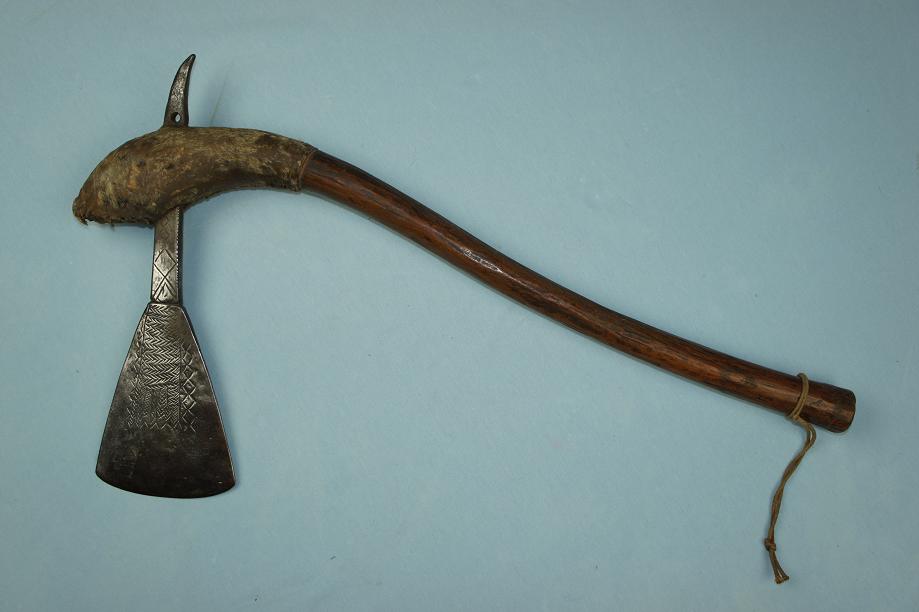Hi forum, first post here. I've been trawling the web trying to find any info about this axe head/pattern that we found in the woods near our home in eastern Spain. It's tiny and weighs 106g (probably 6g of rust).
https://www.flickr.com/photos/185714450@N08/albums/72157711891919143
It's really intriguing as it has no eye. I've hafted a few axes but have no idea how I'd go about this one. Can anyone shed any light on the type of axe, or how I'd put a handle on it?
It has a barb on each of the four corners of its spike so I assume that it protrudes through the handle rather than the other way round. Should I lash it with some kind of twine as well as sink it in a hole? How tight should the hole be?... I'm concerned about it splitting the handle if I go 1mm too far.
I plan on cleaning it up and hafting it for a Christmas present for my girlfriend to use as a tiny carving axe.
Thanks in advance for the help.
https://www.flickr.com/photos/185714450@N08/albums/72157711891919143
It's really intriguing as it has no eye. I've hafted a few axes but have no idea how I'd go about this one. Can anyone shed any light on the type of axe, or how I'd put a handle on it?
It has a barb on each of the four corners of its spike so I assume that it protrudes through the handle rather than the other way round. Should I lash it with some kind of twine as well as sink it in a hole? How tight should the hole be?... I'm concerned about it splitting the handle if I go 1mm too far.
I plan on cleaning it up and hafting it for a Christmas present for my girlfriend to use as a tiny carving axe.
Thanks in advance for the help.




